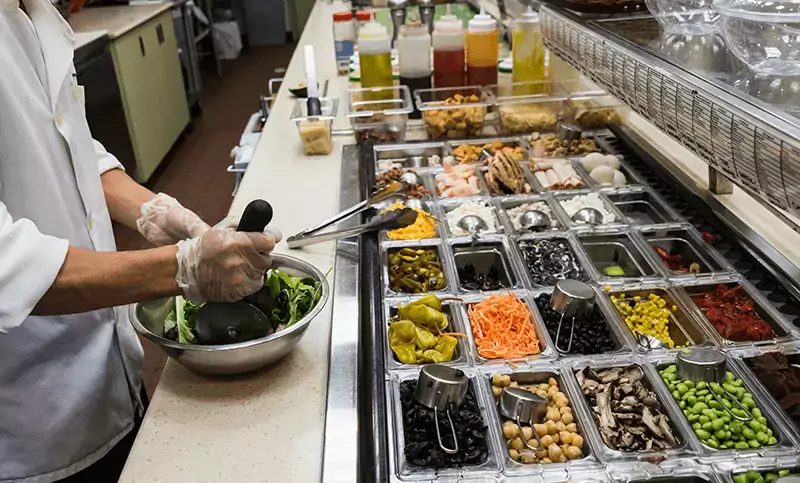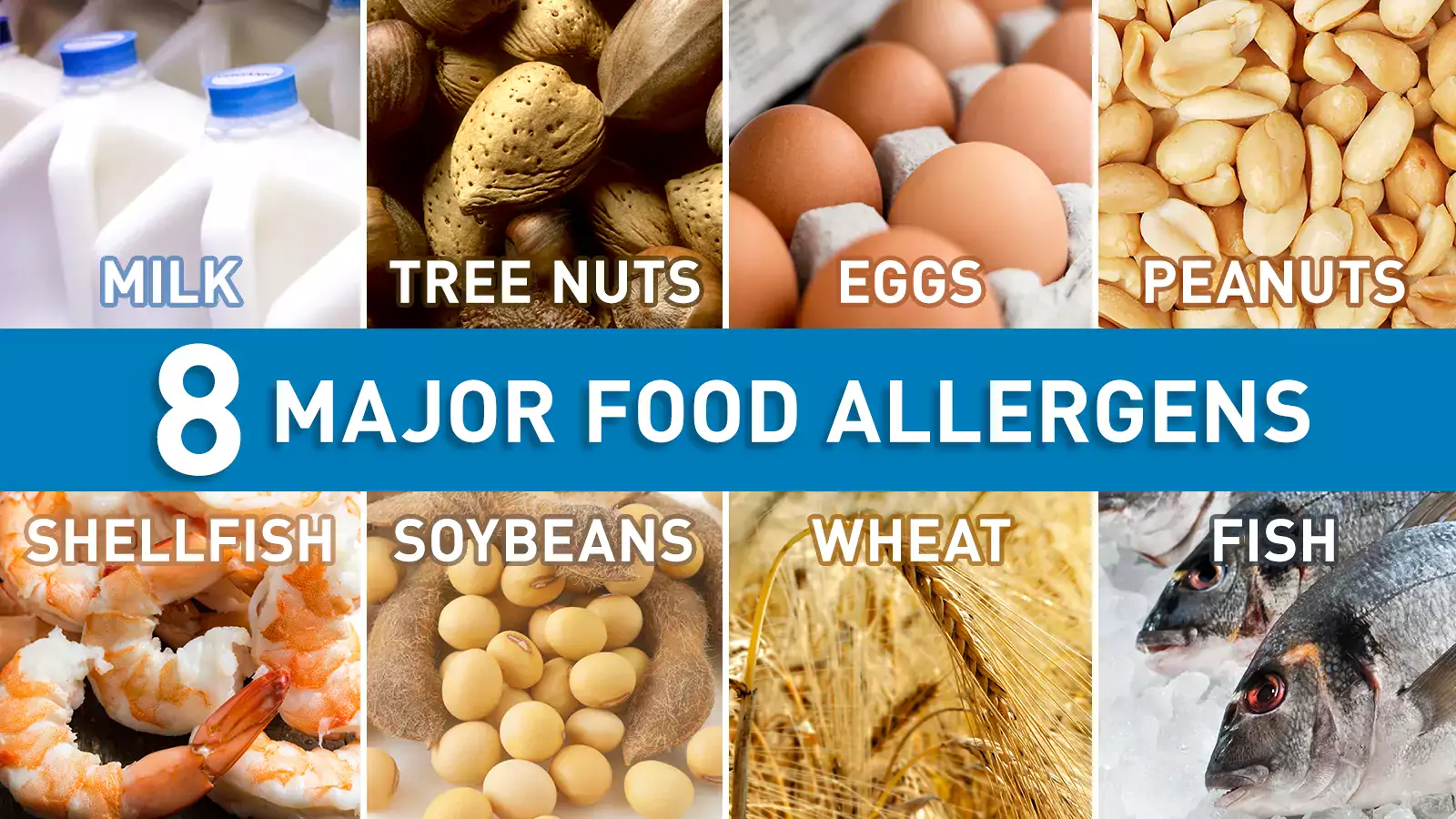The pandemic triggered a significant shift in consumer demand for food – more people are eating at home instead of dining out, requiring changes to the way food supply chains operate.
While initial product shortages stemmed from an unprecedented increase in demand, which neither manufacturers, restaurants, grocery stores, nor convenience stores could anticipate and thus prepare for, the challenges have evolved as the pandemic progressed.
Food processing and transport facilities have been disrupted by shutdowns, travel bans, delayed border inspections, and labor shortages, forcing them to operate at reduced capacity. Transport and logistics problems have been most pronounced for perishable products, such as fruits and vegetables.
For the restaurant and foodservice industry, food waste accounts for billions of dollars of losses annually. Reining in food waste presents huge opportunities for restaurant, convenience store, and supermarket operators to drive down losses and push up profits, especially at a time where every operational aspect affects your bottom line.
Considering that $7 is saved in operating costs for every $1 invested by restaurant operators to reduce kitchen food waste, minimizing food waste seems an obvious avenue to increase profitability.
Minimizing Food Waste in Restaurants
Reducing restaurant food waste starts with conducting a food waste audit to measure the current waste rates and the saving potential. Categorizing waste areas will give you an indication of where the biggest wastages are and enable you to analyze how and why this happens. Reasons could range from unpopular menu items to inadequate storage and over-preparation. Maintaining a digital waste journal is essential to track your progress over time.
The importance of preventing food waste must be instilled in both front and back-of-house staff. They’ll need to be trained in optimal preparation techniques and quantities, correct storage, and first-in-first-out (FIFO) prioritization. Implementing these daily strategies by all staff is crucial to help see a positive change in your bottom line.

Maximizing Food Safety and Hygiene in Grocery and Convenience Stores
In addition to shifting consumer demands, there‘s also been a heightened focus on food safety brought on the pandemic.
With different grocery store departments each requiring different storage temperatures and restocking time frames, it can become a challenging process to keep a handle on food safety practices and expanded hygiene protocols, more so across multiple locations.
Essential food safety and hygiene protocols as well as important COVID-19 directives for grocery and convenience stores center around four key steps:
- clean
- separate
- cook
- chill
Strictly adhering to food storage protocols from the point of delivery through unpacking, storage, preparation, and display is crucial. This includes keeping frozen foods well below freezing during the entire cycle, keeping meat separate from other items, and cooking food to the correct temperatures.
It is essential to wash and sanitize all food contact surfaces, utensils, equipment, and facilities at regular intervals. These include easily overlooked areas such as door handles, equipment levers and buttons, grocery carts, and shopping baskets. Further measures to enhance customer and staff safety include implementing in-store social distancing as well as discontinuing self-service operations that require customers to use shared common dispensers or utensils such as salad buffets or beverage machines.
To manage health and safety during grocery pick-up and delivery, operators should be vigilant on the temperature control aspect of perishable food items by ensuring appropriate packaging and temperature-controlled coolers or insulated bags for transport. It is also crucial to keep raw and cooked foods separated during packing and transport to avoid cross-contamination.
Operators should also designate specific pick-up zones, offer no-contact deliveries and pick-ups, as well as ensuring that social distancing measures are complied with throughout the grocery service operations chain.
Using Technology and Automation
COVID-19 has shaken the foundations of the global food supply chain, affecting production, processing, transport, and final demand in different but significant ways. The effects of product shortages, food safety risks, and food waste are all challenges that restaurants, convenience stores, and grocery operations must contend with. You can mitigate these issues by leveraging technology and automation to help minimize food waste, track inventory, ensure food safety, and manage product shortages.
With temperature monitoring, connected sensor devices automate temperature checks and alert you instantly if food or equipment goes out of range. This way, operators can better protect their inventory and their customers, and more effectively monitor temperatures in real-time across the operation.
Food prep labeling helps stores maintain the accuracy and consistency of their food labeling process, allowing users to print labels that automatically calculate the expiration dates and times for each individual product. Zenput’s Bluetooth Thermometer Sync automatically logs temperatures from Bluetooth thermometers into Zenput forms for faster and more accurate temperature checks.
Find out more about developing a food safety audit process here.

Subscribe to our blog
You are now subscribed!


